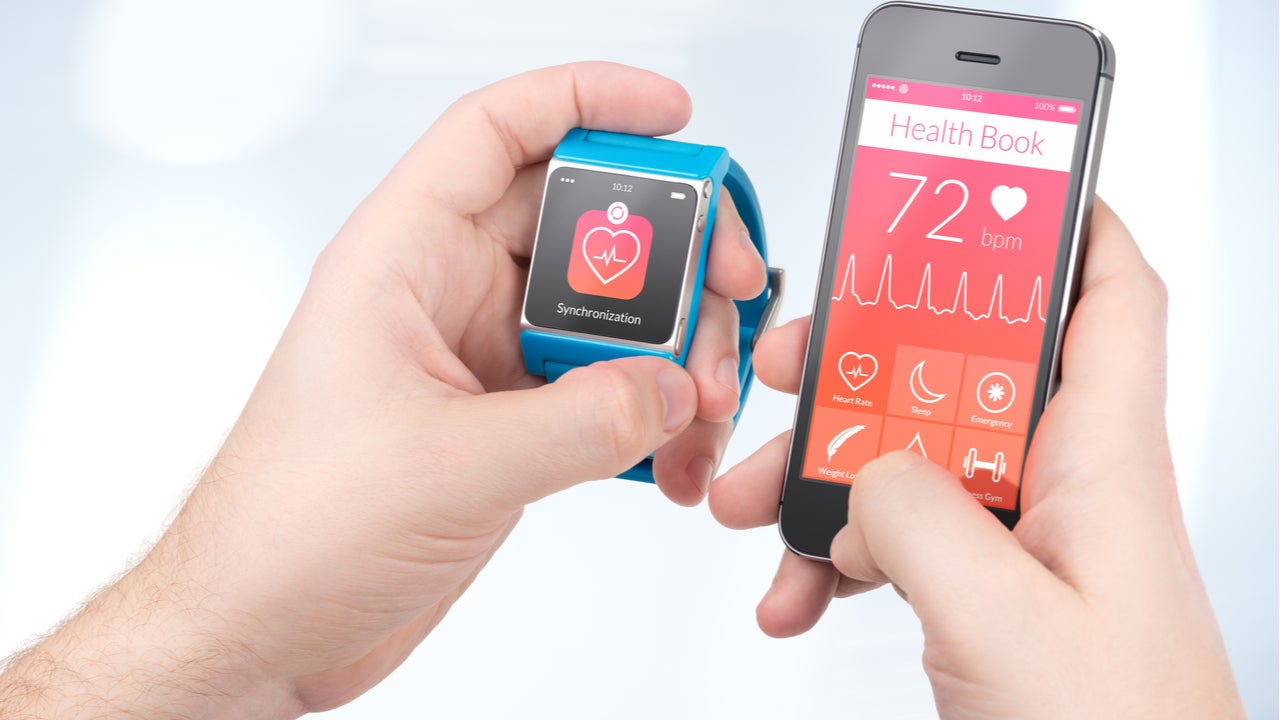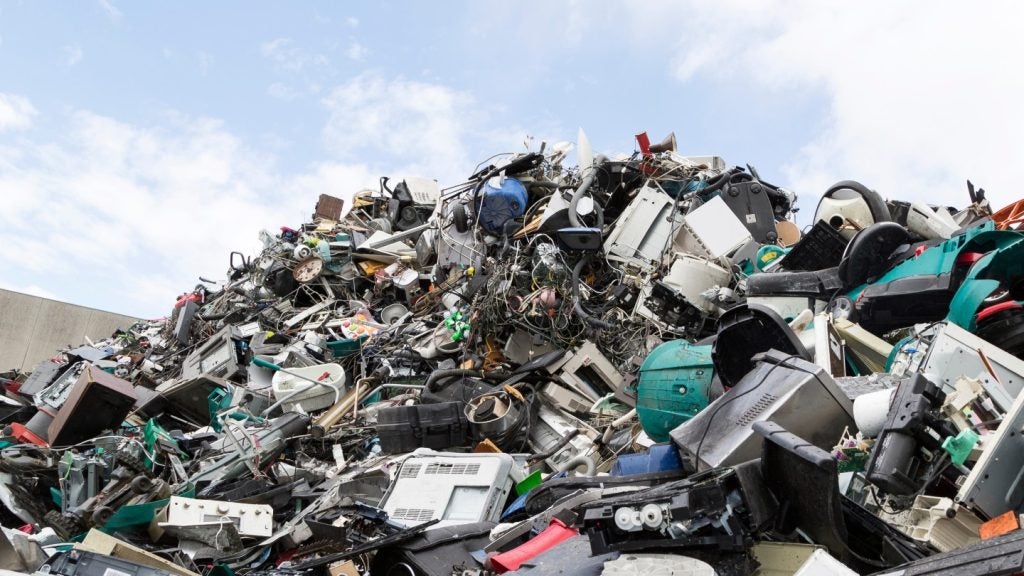
While IoT can be utilized to attain various sustainability goals, the environmental impact of exponentially rising consumer IoT devices, primarily the low-cost wearables and the e-waste this will generate, remains unaddressed.
GlobalData forecasts indicate that by 2020 12.3% of the global population had adopted wearables, which will reach 65.63% by 2030. Within just one decade, the adoption of such devices will increase more than five times. Given this strong consumer demand, global shipments are expected to reach 1.63bn devices by 2030, from mere 0.36bn in 2020.
The exponential rise of wearables
With recurrent updates in features and designs from manufacturers, wearables are getting integrated into our daily lives. However, ensuring end-users’ long-term adoption of these devices is still an issue. A significant increase in e-waste is one of the main challenges from this growing adoption.
According to a 2020 report from the United Nations University (UNU), 53.6 million tonnes (MT) e-waste generated in 2019 will increase by 38% by 2030. The noticeable fact is that most e-waste in 2019 consisted of small equipment. Another global survey by LexisNexis Risk Solutions in 2016 suggests 40% of millennials replace their wearable device every six months to a year, even if the device is still in working condition. As the wearable market is growing in an upward trajectory, the frequency of replacing an old device with a new one has increased.
Improper e-waste management
Less than 18% of the e-waste generated in 2019 was recycled; the rest was left to be dumped or burned, according to the UNU report. The steady increase in incorrect disposal of e-waste is due in part to the growing consumption of these products. Manufacturers’ lack of focus on de-manufacturing the end-of-life items, non-eco-friendly design concepts and strategies of wearable technologies, and irresponsible consumption by consumers adds to the problem.
The waste being produced is enormous, and there is no standardized global solution for this. There is a patchwork of legislation for e-waste that is confusing for both producers and consumers.
How well do you really know your competitors?
Access the most comprehensive Company Profiles on the market, powered by GlobalData. Save hours of research. Gain competitive edge.

Thank you!
Your download email will arrive shortly
Not ready to buy yet? Download a free sample
We are confident about the unique quality of our Company Profiles. However, we want you to make the most beneficial decision for your business, so we offer a free sample that you can download by submitting the below form
By GlobalDataTo cope with the challenge, various regulatory and global organizations such as PETRAS National Centre of Excellence for IoT Systems Cybersecurity and WEF suggest a design approach to make IoT devices more sustainable by using ‘design-for-life’ principles.
Manufacturers should design products that do not need to be disposed of in their entirety. For example, in CSE 2021, Samsung has made an interesting announcement to recycle their old mobiles to work as various IoT devices. Consumers should also be aware of the need to properly dispose of the product and to recycle its parts, as well as the environmental impact of failing to do so.
Though many technology players like Samsung, HPE, and Apple are taking initiatives towards e-waste management, it mostly remains promotional and does little towards environmental sustainability.






Related Company Profiles
Apple Inc